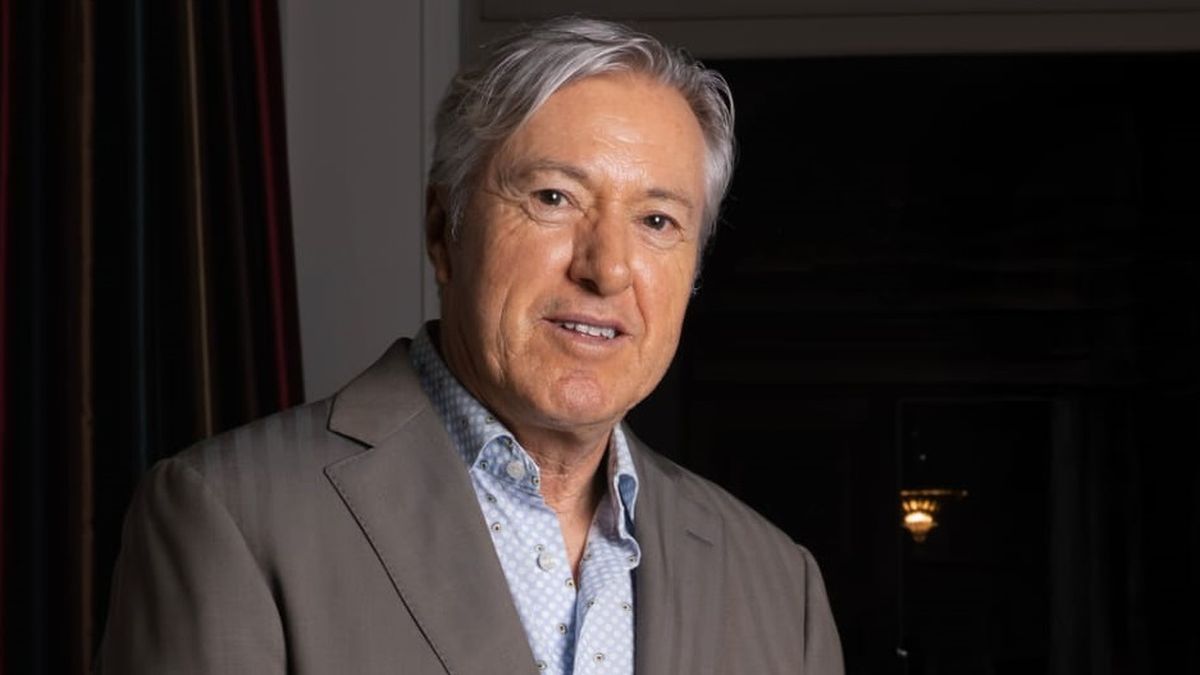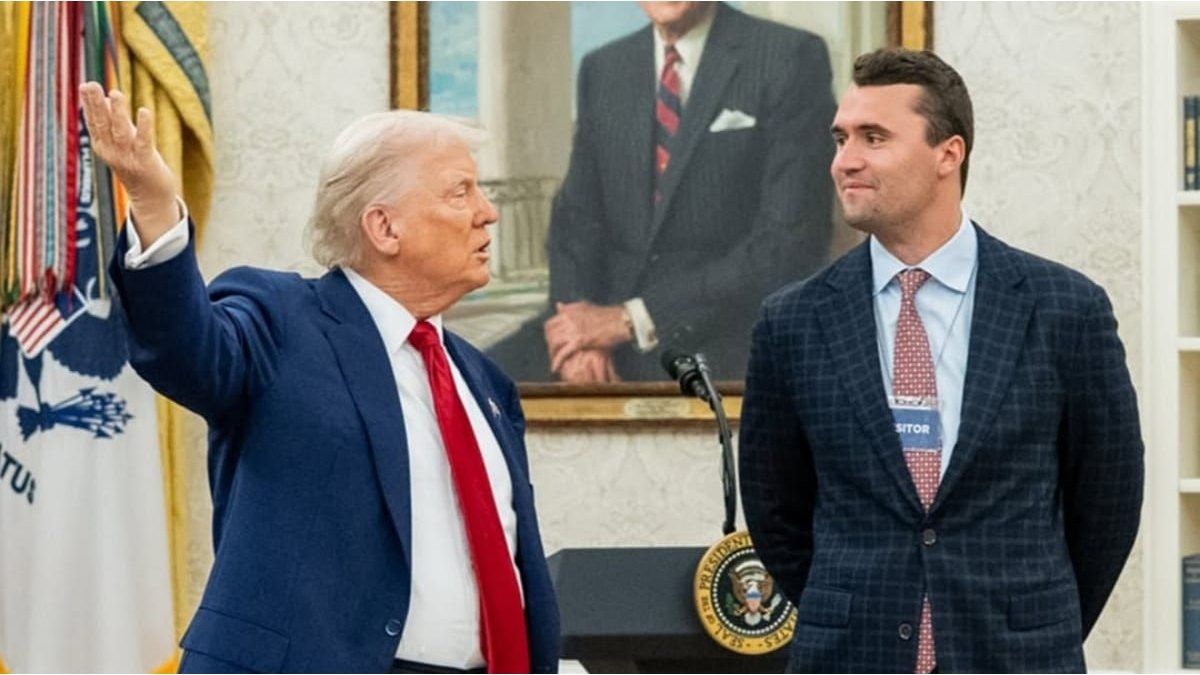How the last violin made by Lutier Antonio StradivarI end, 400 years later, in a small town in Paraguay, causing the murder of a German collector and his daughter, it is the starting point of “The mystery of the last Stradivarius” (Planet) New Book of the businessman and writer ALEJANDRO G. ROEMMERSnovel that is a change with respect to his previous work by mixing a policeman with a historical novel. We dialogue with ROEMMERS before he present his novel at the Book Fair.
Journalist: Vargas Llosa confesses, in the prologue of his novel, which always caught his attention as you could mix investments, businesses with literature.
Alejandro G. Roemmers: When I started publishing they asked me how a businessman could write poems. He surprised because in poetry one opens its interiority, its sensitivity, and in business it is handled with exteriority, with the calculation, trying to give the minimum and obtain the maximum. The taste for poetry was born in me in childhood business administration I studied much later. It is interesting that when I worked in the company, I felt the need to write. It was like a balance reaction. My great conquest was to have managed to unify both. It was not easy.
Q.: Why did you decide to do with “the mystery of the last Stradivarius” a change with respect to his previous work and move on to the adventure novel?
Agr: Being an entrepreneur in Argentina is an adventure. To “The return of the young prince”, my first book, I never considered it a novel but a story of poetic prose. The president of the American Poetry Association insisted that I had to write novels because I liked to tell stories. My life is an anecdote after another. One day I dreamed a story and felt like telling it. Thus arose “living is written in the present.” On the other hand, “the necessary die”, I base myself in the case of an acquaintance of mine, and I wanted to denounce the human consequences of corruption, which produces in who commits the crime and discouragement in those who want to do things well. In those books there were intimate reasons, while in “the mystery of the last Stradivarius” I set out to do something totally different.
Q.: How did the story come up with?
Agr: At the beginning of the pandemic, being in my field in Córdoba, I read in a newspaper the news of the murder in Paraguay of a German collector and his daughter, who keep violins that were worth many millions of dollars. I thought about how those violins could have arrived in the village of Areguá. Thus I began to investigate the possible path that would have followed a Stradivarius created in 1650 in Cremona by the legendary Antonio Stradivari.
Q.: Vargas Llosa also said that his novel is not police or historical but of what the English call “circulation novel”, a story of the journey of an object. How did you mix the fate of the violin with the investigation of two Paraguayan police?
Agr: The European part, that of the violin, was easier, there is a lot of history and characters to tell. The great challenge was the part of Paraguay, in an area that I do not know. The idea was that the two plots moved alternately. I consulted a lot for the Paraguayan characters to have their weight, since on the other side were Casanova, Verdi, Puccini, fascism, holocaust, the Nazis here. I did not follow the real facts, let the imagination fly. Johan Von Bulow, the German collector and Lutier, and his daughter Diana, have to travel to Europe and the caregivers of the house see the violins and find out about their value. They burn the house to justify the disappearance of these string instruments, because there were others there and many works of art. Then the thieves find out that without the certificates of authenticity they cannot sell the most valuable violin. To the Paraguayans, the commissioner who investigates and the sergeant who helps him, gave his appeal, humor, betrayal, family problems.
Q.: How did Vargas Llosa prologize the novel?
Agr: There was a first draft where the novel was another, it was going to be called “the cursed violins”, which were violins that brought bad luck and there were the cases in which the curse had happened. I felt that story opposed the spiritual and religious attitude that had led me to make the musical “Franciscus.” I started again. When I had a version of “The mystery of the last Stradivarius” I gave it to Mario Vargas Llosa. He liked and decided to prologize him. It was the last text he wrote. The final version, which is the one in the novel, was dictated to his son Álvaro. He thought to come to present him, instead Álvaro has told me that he will now come.
Q.: What novelists remember?
Agr: I would start confessing a pending subject, the last one of Vargas Llosa “I dedicate my silence.” In the distant memory Hermann Hesse appears with “Demian”, “The game of beads”, “Siddartta”, novels that opened me towards the path of the spiritual. Then there are the great Best Selers of another time, such as those of Arthur Hailey and Harold Robbins. Nikos Kazantzakis novels. Closer, I really liked “The tango of the old guard” by Arturo Pérez-Reverte.
Q.: What is it now?
Agr: I have finished a free poetry book that I must present at Spain at the University of Granada. I have to start developing the argument of a play that deals with historical events that occur in Italy and have an impact on Argentina. And ready a work based on “The young prince points out the way” that we wrote with the playwright Emiliano Dionisi.
Q.: Don’t you return to the novel?
Agr: I am starting a new novel. This time I do not want to have to investigate or consult but entertain myself writing it, as I do not have to live on what I write, I have to entertain with what I am telling.
Source: Ambito
I am an author and journalist who has worked in the entertainment industry for over a decade. I currently work as a news editor at a major news website, and my focus is on covering the latest trends in entertainment. I also write occasional pieces for other outlets, and have authored two books about the entertainment industry.




